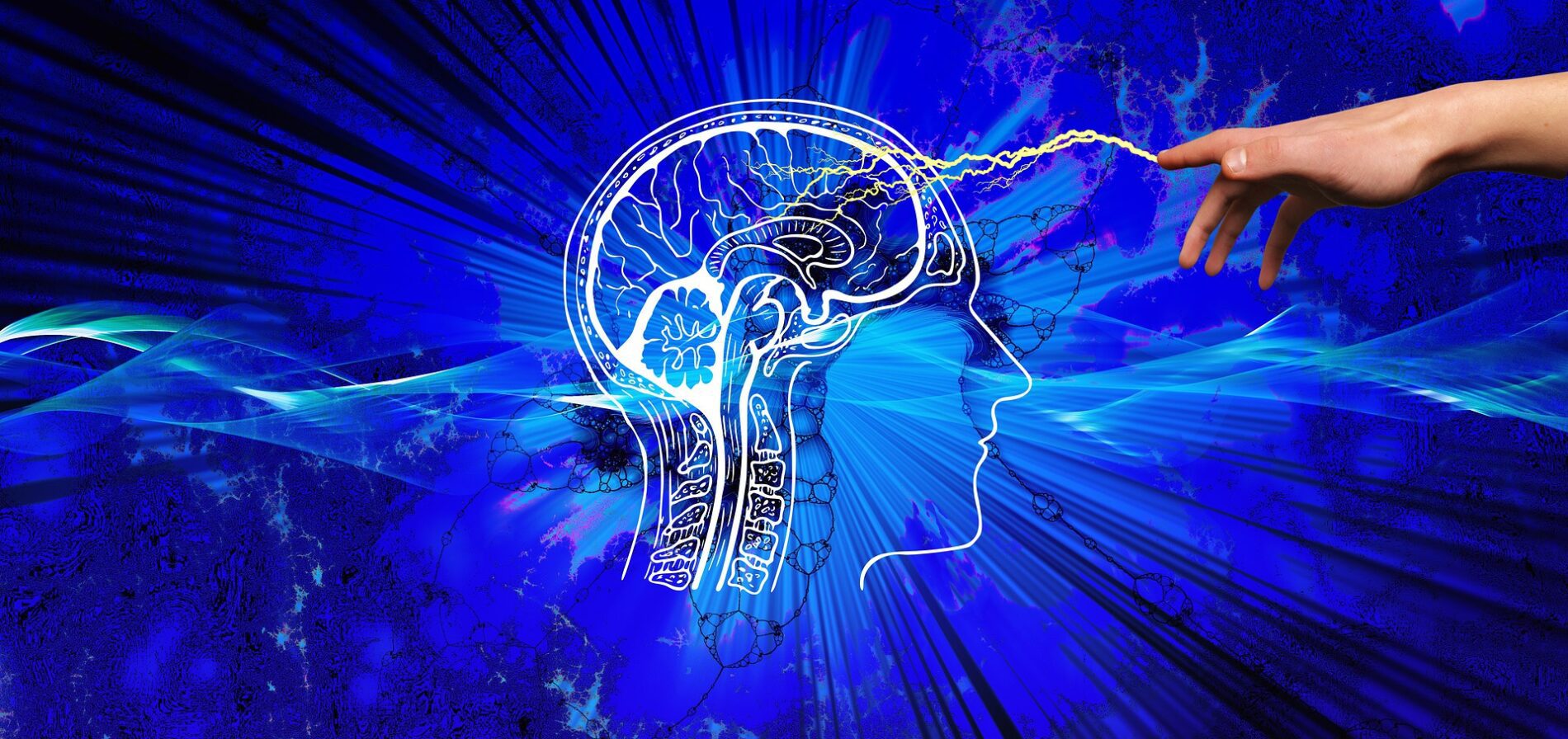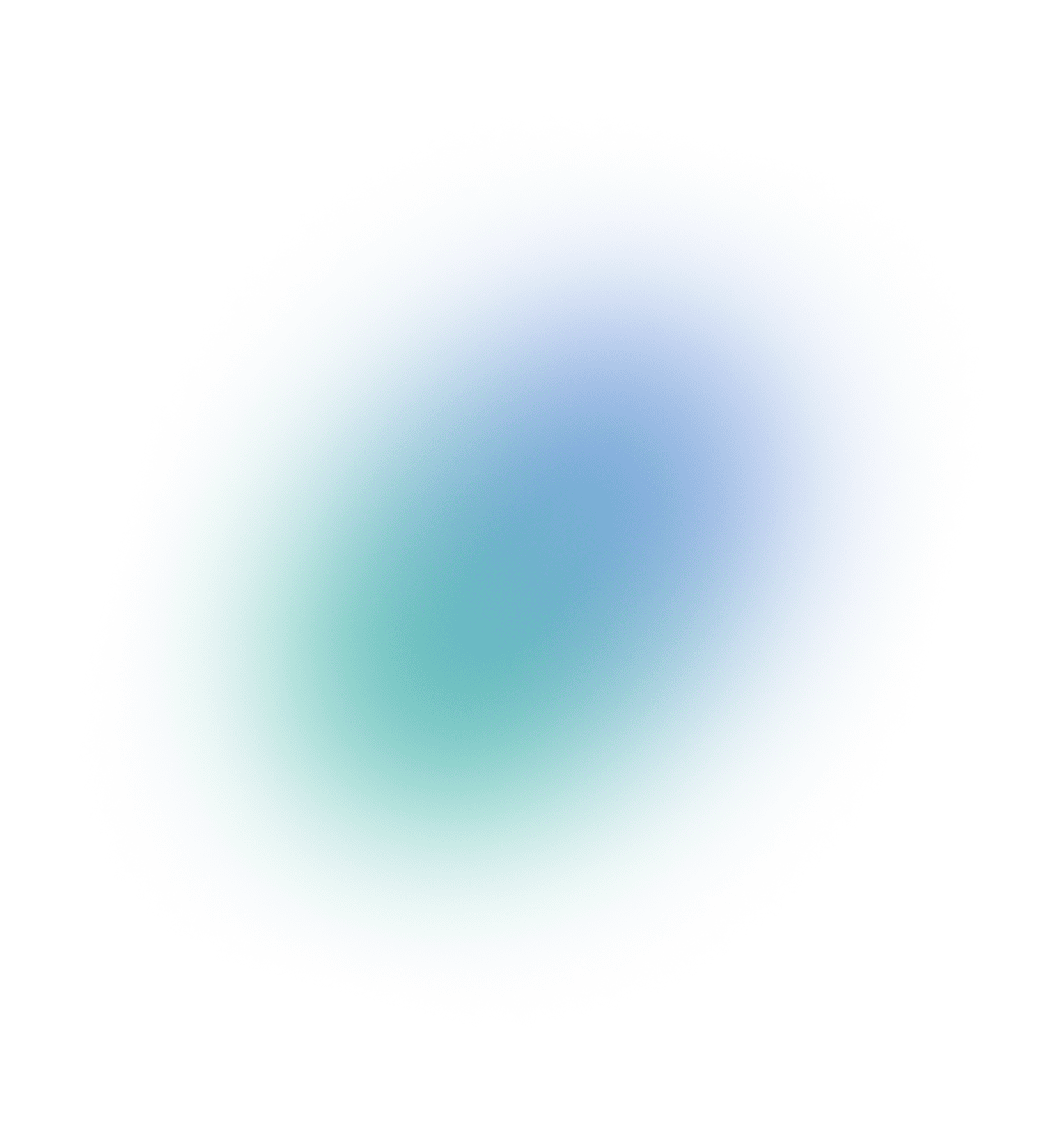
Deep brain stimulation is a well-studied procedure helping people with parkinsonism control movements. This technique is used to relieve the tremor and rigidity that such patients suffer from.
Dr. Sabina Wilhelm and her colleagues at Colorado University argue that this approach could have broader clinical applications beyond just treating parkinsonism. Recent advances in DBS may also treat conditions such as:
- obsessive-compulsive disorder (OCD);
- Gilles de la Tourette syndrome;
- depressive disorder.
Scientists describe experiments showing that the precise position of stimulation parameters are crucial for elimination of mental health diseases. In recent years, various brain-computer interfaces with feedback have been developed, in particular, for processing neuron signals in real time.
The latest brain-computer interfaces register the response from the brain after procedure and automatically adapt level of subsequent impulse. This adjustment provides more accurate, personalized treatment that may be useful for other diseases.
How do people with compulsive-impulsive disorder live and feel?
People with this pathology tend to experience obsessions, perform repetitive actions, or both. These symptoms affect every aspect of a person’s life: work, education, and personal relationships.
Some people have tics. Motor tics are sudden, short, repetitive movements such as blinking and other eye movements, facial grimacing, shrugging, and jerking the head or shoulder. Common vocal tics include repetitive throat clearing, snorting, or grunting.
Symptoms may come and go, get worse or worse over time. People sometimes try to reduce symptoms by avoiding situations triggering them, and may use alcohol or drugs to calm them down. Most adults are aware that their actions do not make sense. Children need special attention as children may not realize that their behavior is unusual.
Treatment for OCD usually involves the use of certain medications, psychotherapy, or a combination of both. Although most people with this disease respond well to therapy, some may continue to have symptomatology. Researchers show high-frequency transcranial magnetic stimulation with area of influence in cerebrum areas involved in process of obsessive-compulsive pathology is an effective method.
Sometimes this disorder is accompanied by other psychiatric conditions, such as anxiety or depression. It is important to consider these and other defects when making treatment decisions.
How does deep brain stimulation work?
It’s a way to interrupt activity of thalamus or globus pallidus without disrupting the functionality of those parts of the brain that are destroyed during thalamotomy and pallidotomy. As a result, there are fewer side effects associated with deep stimulation, which are also reversible.
This procedure can be used to treat complex mental conditions because thalamus serves as a “relay station” for signals of cerebrum structures, including the amygdala, which is involved in responding to fear or stress.
Studies conducted by neuroscience doctors with one of the patients – Moksha Patel, also a doctor suffering from this disorder, gave tremendous results – his symptoms decreased by 54%. This means that the manifestation of the disease has moved from stage of extremely severe obsessive-compulsive disorder symptoms to moderate range.
He can now eat and drink at work and use public toilets. Moksha began to lead social networks and interact more with the outside world. Now Mr. Patel seeks to master those activities that were previously beyond his power due to his physiological characteristics. Most importantly, he begins to feel hope that he can build a new life, while being guided by his own goals and intentions, and not fear of the next movement.
Of course, this method still needs research and testing. However, the first steps towards successful therapy of this disorder have already been taken.


